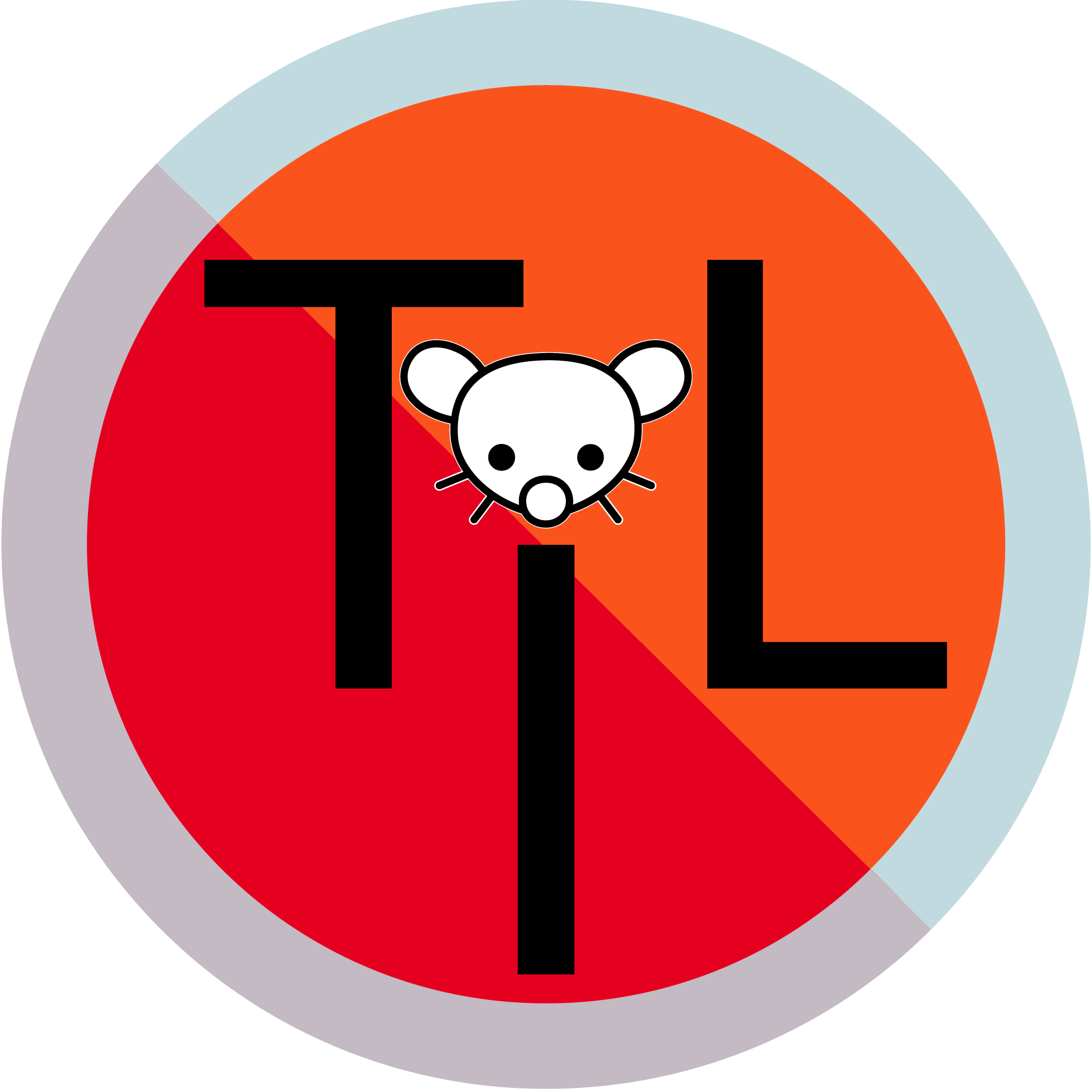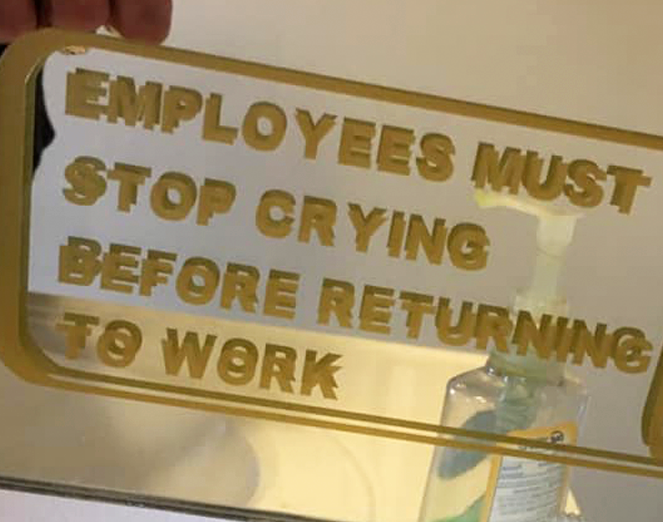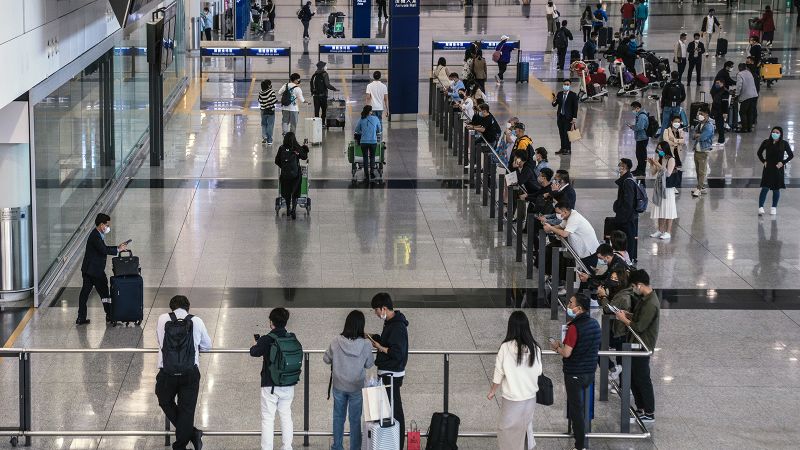

Honest question, what are the incentives for instance operators to play nice, so to speak? And not just recreate new oligarch safe havens?
It seems like each instance is a miniature zone of centralization and it’s still incumbent on individuals to create their own circles of influence. For better or worse that’s how we get hivemind echo chambers and I’m not sure it’s even in human nature to seek anything else.
Alternatively we have to rescue our friends and families when they start to fall for BS and educate them aggressively on improving the sourcing of their information.






















Yes I think it’s about time for him to invest in one